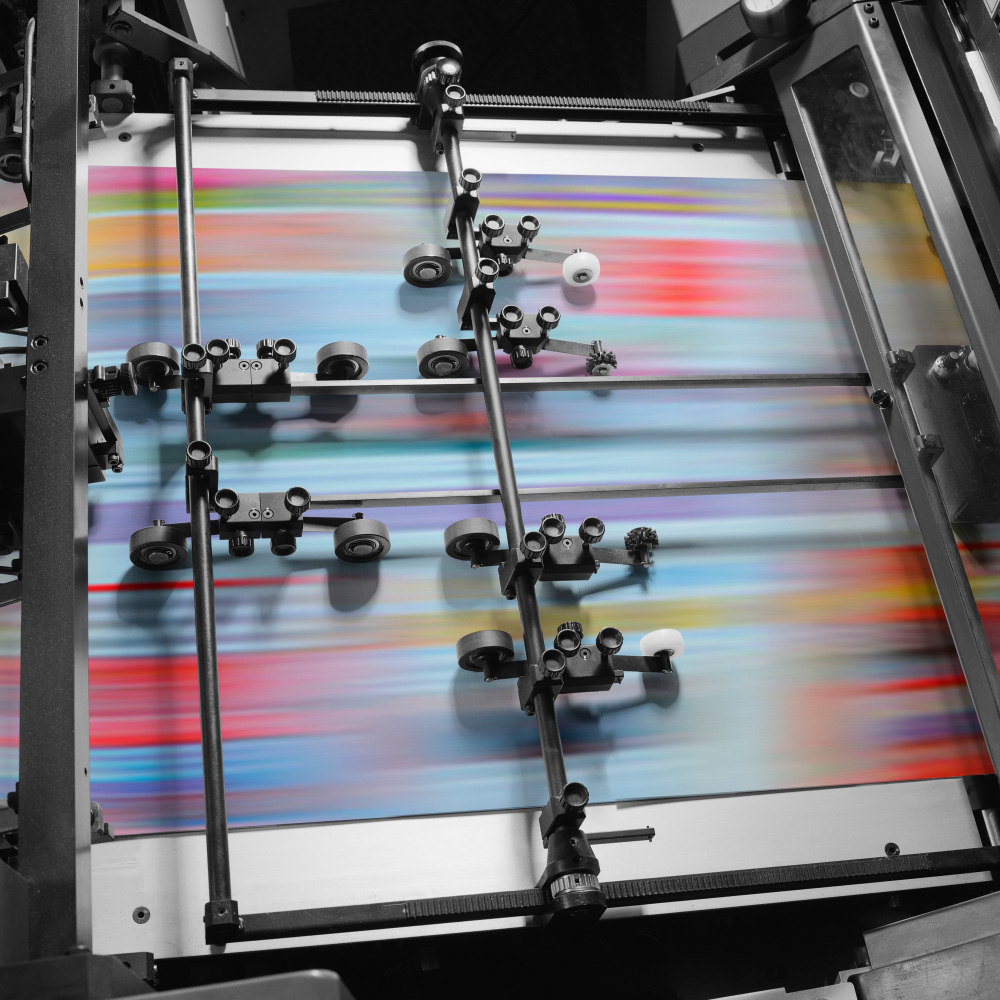What are the consumables used in paper napkin machines?
What are the consumables used in paper napkin machines?

The consumables used in paper napkin machines are critical for the efficiency and quality of the production process. Below are the commonly used consumables in these machines:
- Pulp
- Main Raw Material: The primary material in paper napkin production is pulp. This pulp is typically derived from wood fibers, recycled paper, and various cellulose sources.
- Inks
- For Printing Operations: Water-based or solvent-based inks are used for the designs and logos applied to napkins. These inks must be food-safe.
- Adhesives
- Edge Bonding: Special adhesives used to fold and secure the edges of the napkins increase the product’s durability.
- Fillers
- Quality Enhancement: Fillers like calcium carbonate can be used to improve paper quality and reduce costs. These materials increase the opacity and smoothness of the paper.
- Oils and Lubricants
- Machine Maintenance: Various lubricants are used for the smooth operation of moving machine parts. This reduces friction and prevents wear.
- Cutting and Punching Tools
- For Cutting Operations: Blades and punching tools used for napkin cutting are consumables that need to be regularly replaced.
- Packaging Materials
- Packaging: Plastic or paper packaging materials are used for packing the produced napkins. These materials ensure the hygiene and portability of the product.
- Cleaning Materials
- Machine Hygiene: Detergents and other cleaning products used for the cleanliness of the production line are essential for the efficient operation of the machines.
- Filters
- Air and Liquid Filters: Air and liquid filters used in the production process ensure the cleanliness of the fluids in the system and the healthy operation of the machines.
The consumables used in paper napkin machines play a vital role at every stage of production. The quality and suitability of these materials directly affect the final product’s quality. Selecting the right consumables not only increases production efficiency but also helps maintain cost control.









































